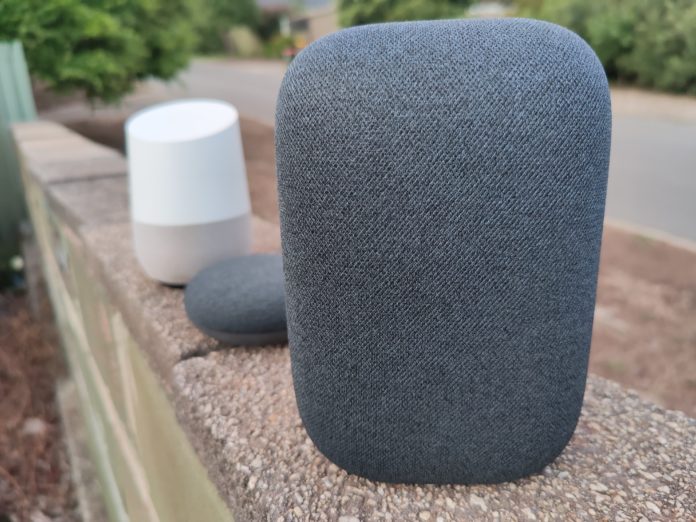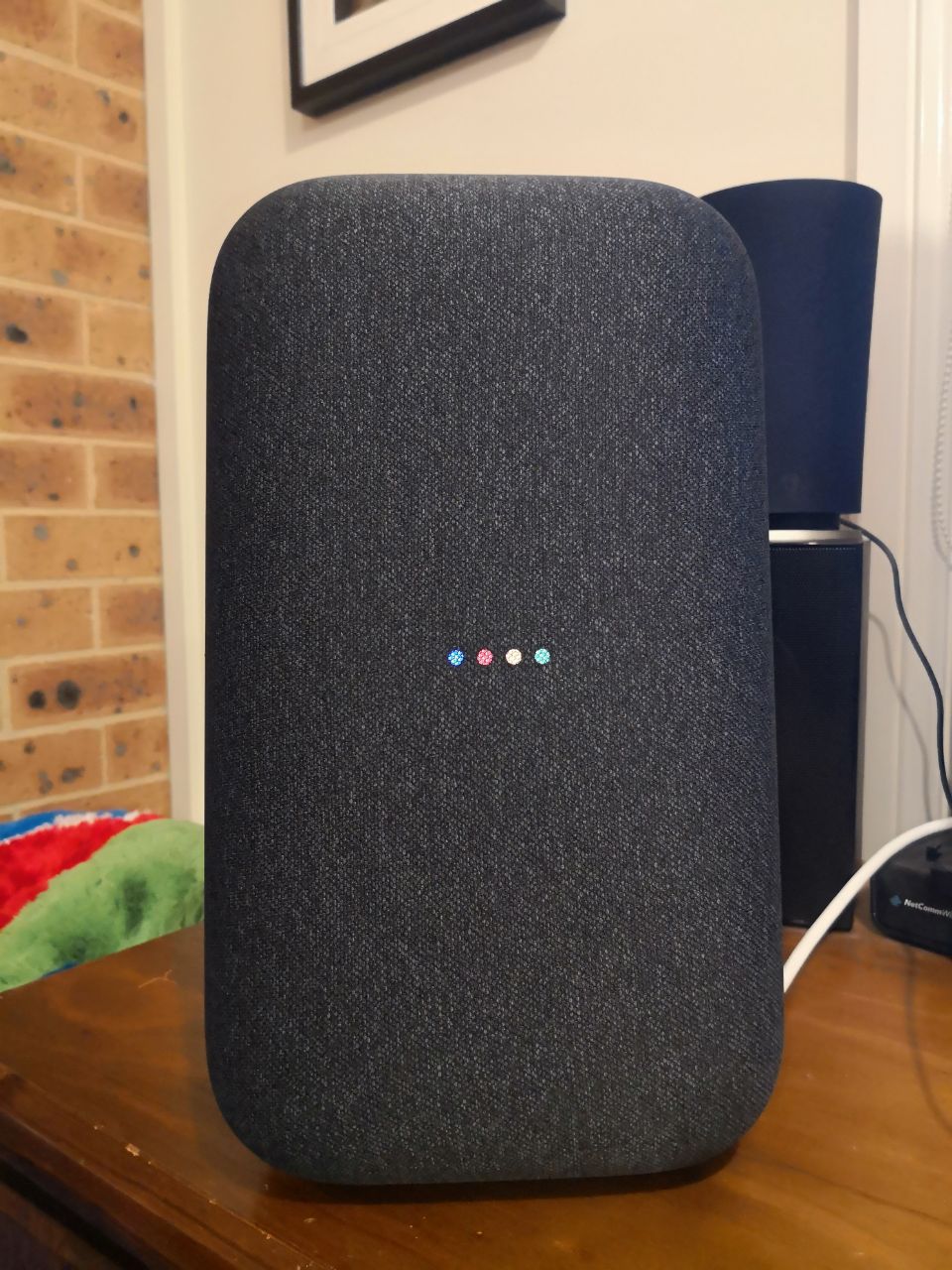One thing that really leaps out to many users when using Google Home and Nest products is the sound disparity. Originally, the Google Home speakers weren’t really intended as a playback medium but have become one. Clearly, this has been recognised by the massive sound upgrade the Nest Audio brings. I quite regularly get put to me after reviews “Would you still like this when the new toy shine has worn off?” so today, we’re taking another quick look at the Nest Audio, one month later.
The look is still better
One area where electronics will continue to flow with the time — or become obsolete — is the look. In this case, the old Google Home speaker is starting to look pretty dated, where the Nest Audio blends into the setting. It’s a great consolidation of the look that the Home Mini, followed by Nest Mini began. The Google Home Max is another step above that, and since a $400 speaker is somewhat niche, somewhat irrelevant to this conversation aside from acknowledging the consistent look.
I’m still a little unconvinced as to the long term viability of the material front — focussed on the fact I have 2 small carbon-based life forms in my house with sticky fingers — continuing to look the goods, but that’s something to be revisited in 12 months or more. For now, it fits into more settings than the older style Google Home speaker does with minimal extra space consumed by the device.
The sound is great, perhaps too good?
Probably the biggest area of focus for me, as well as many other reviewers, of the Nest Audio, is well… the audio! Not just as a generational comparison, but as a standalone smart speaker, it’s one of the best I’ve listened to without spending considerably more money. In fact, I’d go as far as saying that it almost rivals my first-generation Sonos Play:1 for audio output. There are limitations to it and if you’re looking for another step further — as mentioned — the Home Max which is probably due for a refresh soon, or something like the Sonos One would be more to your liking.
The smart bits
The Assistant in the Nest Audio is the best delivery so far from Google. This is, largely due to the combination of physical hardware (good quality, far-field microphones) and Ambient IQ. The microphones make a huge difference because they’re so much better at detecting your requests from not just right next to the speaker, but from other areas within your home.
I have noticed that even when there’s significant noise — kids, music up loud, TV on etc — that the success rate of triggering and getting what you’re asking for from the Assistant is leaps and bounds ahead of previous generations. Also, thanks to Ambient IQ, if the noise in your environment is not coming from the Nest Audio that the volume of response from the Assistant increases enough to hear it over what else is going on without leaving the speaker at ridiculous volumes.
So has the shine worn off?
The short answer is no, but I do have a couple of requests for Google when they’re designing the next Nest Speaker.
The first is to have an Ethernet port for better and more consistent connectivity. I don’t know anyone who hasn’t heard “Hang on a minute while I get connected to Wi-Fi” when they’ve tried to complete a task on their Google Home or Nest speakers.
The second is a power pack that doesn’t take up two ports on a power board or partially block the second port in a wall. This is just a minor convenience factor to minimise the impact on other electronics in the home. Both wants aren’t necessities, but more a little bit of polish on an already very good product.
One month later, the Nest Audio is still impressing me with just how far it’s come as a generational evolution. The sound is really good, Assistant has developed and it’s looking the goods. Whether you’re looking to start your smart home or upgrade existing smart speakers I sincerely believe that the $149.00 investment is well worth while.






